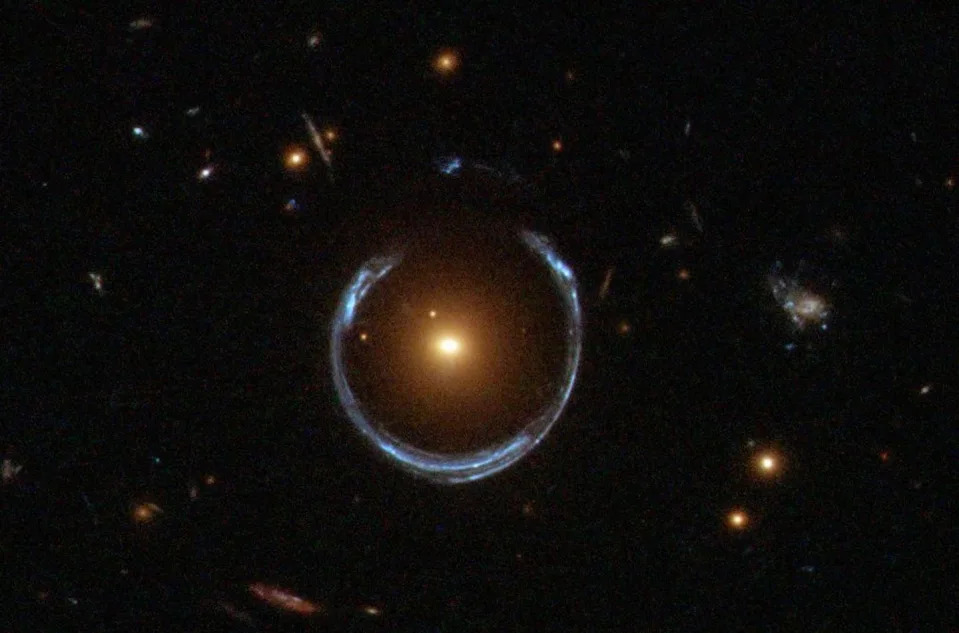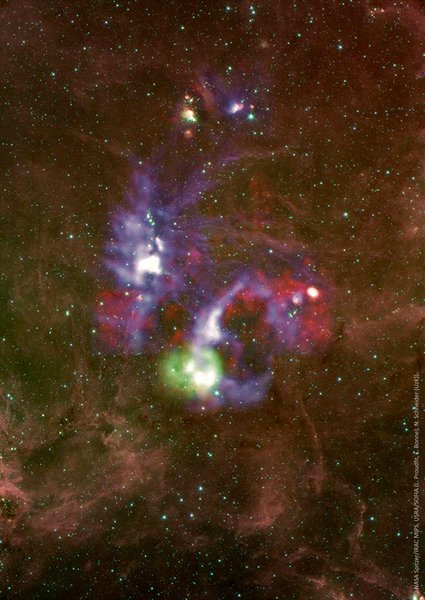
A study using data from telescopes on Earth and in the sky resolves a problem plaguing astronomers working in the infrared and could help make better observations of the composition of the universe with the James Webb Space Telescope and other instruments. The work is published April 20 in Nature Astronomy.
“We’re trying to measure the composition of gases inside galaxies,” said Yuguang Chen, a postdoctoral researcher working with Professor Tucker Jones in the Department of Physics and Astronomy at the University of California, Davis.
Most elements other than hydrogen, helium and lithium are produced inside stars, so the composition and distribution of heavier elements — especially the ratio of oxygen to hydrogen — can help astronomers understand how many and ...
Read More







Recent Comments